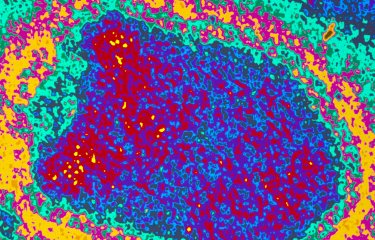The unfortunate and exceptional case of rabies in France (in October, 2017) highlights the need to inquire about the potential risks when traveling abroad beforehand. The disease is always fatal once the first clinical signs have appeared and is responsible for 59,000 deaths worldwide annually. There is currently no effective treatment after the onset of clinical signs.
When traveling abroad beforehand, in areas of the world where rabies is rife (particularly Asia and Africa), contact with animals, particularly dogs, should be avoided. However, in the event of exposure, appropriate measures should be taken. These involve carefully washing the wound with soap and water for 15 minutes, applying an antiseptic and contacting an anti-rabies center to assess the degree of exposure and instigate post-exposure prophylaxis as required (depending on the protocol adopted, 4 or 5 vaccine injections over the space of one month, sometimes combined with serum therapy).
However, it should be recalled that the risk of person-to-person transmission of rabies is purely theoretical (with the extremely rare exception of certain transplants).
On Monday October 9, 2017, the National Reference Center for Rabies confirmed a diagnosis of rabies in a child living in the Rhône area of France. Regrettably, the child died on October 17. He was infected during a trip to Sri Lanka this August, after being bitten by a puppy with which he was playing, and did not receive post-exposure rabies prophylaxis.
The Regional Health Agency (ARS) for Auvergne-Rhône-Alpes is responsible for recording all potentially exposed individuals who will be, are or have been directed to the anti-rabies center in Lyon (family members exposed to the dog, certain healthcare workers, etc.).
Anti-Rabies Center at the Institut Pasteur Medical Center
National Reference Center for Rabies
Preparing to travel abroad (country fact sheets)

"Rabies” fact sheet




